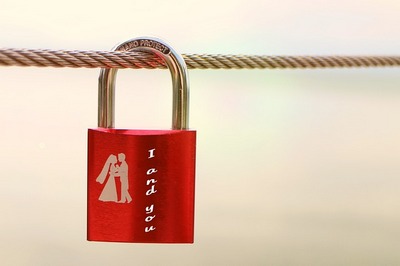Tag Archives: hiroshima
Visiting Japan is the best way to help the country post-earthquake and tsunami
It’s such a cliche to point out that Japan is a contrast of old and new traditional and modern, but the comparison keeps coming up because it’s true, and is a part of the country’s cultural DNA. It would be a surprise not to see some people — women, men, old, young, children — dressed […]
2011 Japan Trip: Photo albums by day
Here are complete day-by-day photo albums of our trip to Japan on Facebook (you don’t need a Facebook account to see them, but you’ll need to log in to Facebook to share or post a comment). Many of the photos (like the food shots, for instance) will be included in individual blog posts. DAY 1 […]
34 short videos of our 2011 trip to Japan
I recently returned from a fantastic trip to Japan, with my wife Erin Yoshimura and my mom. We flew first to Sapporo in the northern island of Hokkaido, where one of my uncles lives, and then traveled to Nemuro, my mom’s hometown on the easternmost tip of Hokkaido, where another uncle lives. Then we flew […]
Reiko Rizzuto’s “Hiroshima in the Morning” is a powerful memoir
The media are reporting on how Muslim Americans are braced for attacks this weekend, because of the 9/11 anniversary. I know what that’s like, unfortunately, though not on the scale of violence and hatred Muslims are facing today. It’s a sad commentary on the state of American “patriotism” that Japanese Americans still get nervous every […]
Atomic bombings of Hiroshima & Nagasaki are faded memories in U.S.
Mention August 6 to most Americans, young or old, and my guess is you’ll get a blank stare. “What about August 6?” Mention Hiroshima and you might get a second blank stare. Most Americans can’t name the date that the first atomic bomb was dropped, Aug. 6 1945 on the city of Hiroshima. Three days […]
